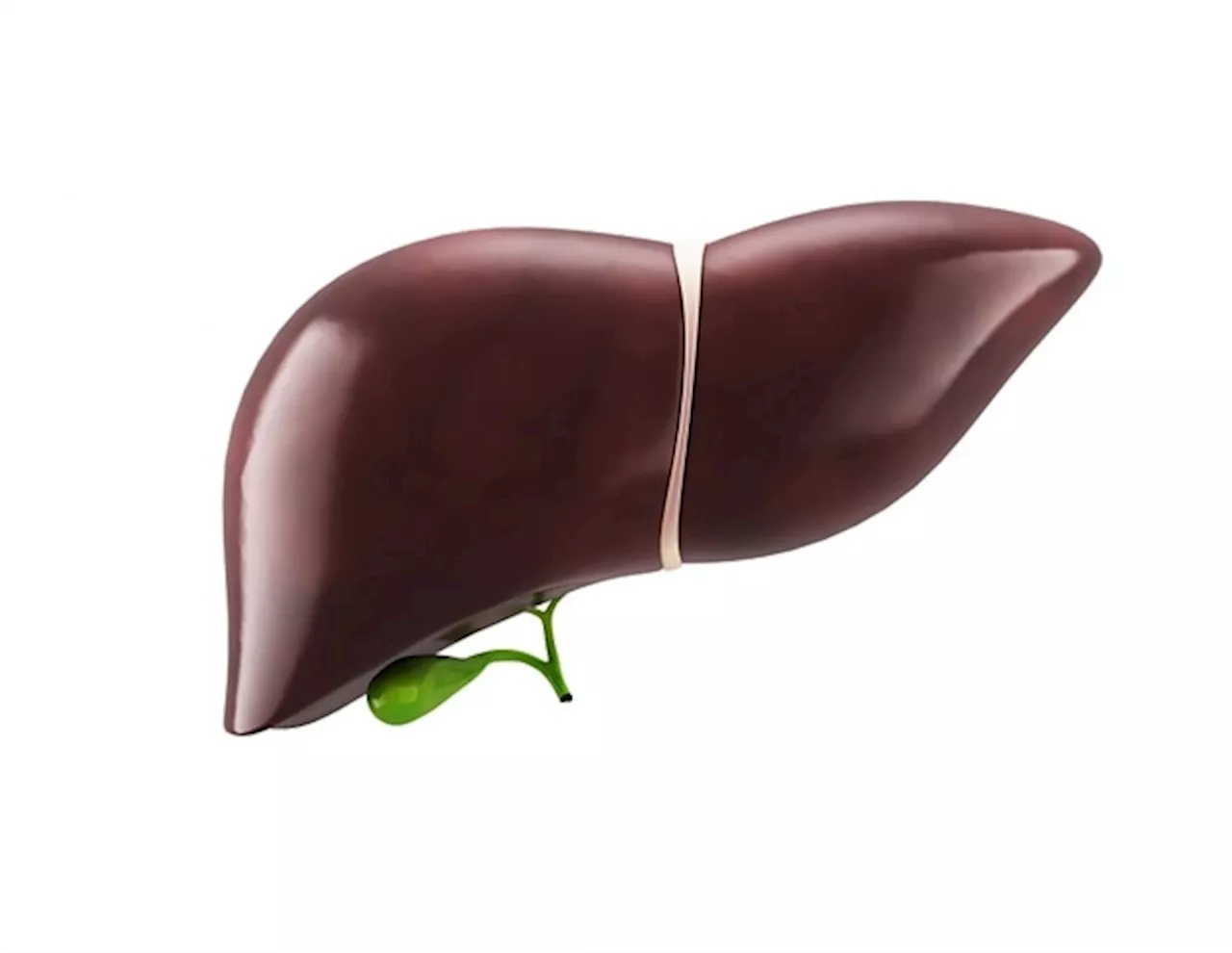In chronic hepatitis B, the liver contains immune cells that could destroy hepatitis B virus infected cells but are inactive. A team from the Technical University of Munich (TUM) has discovered that cells blood vessels in the liver start a 'sleep timer' that switches off immune cells.
Technical University of Munich Jul 11 2024 In chronic hepatitis B, the liver contains immune cells that could destroy hepatitis B virus infected cells but are inactive. A team from the Technical University of Munich has discovered that cells blood vessels in the liver start a "sleep timer" that switches off immune cells. Targeting this mechanism could be a starting point for immunotherapies.
"In chronic hepatitis B, the body's immune system tries to destroy infected liver cells, causing long-term damage and still does not get rid of the virus," says Percy Knolle, Professor of Molecular Immunology at TUM. Notably, in in chronic infections, some immune cells whose receptors could recognize and destroy the Hepatitis B virus, are inactive.
"We show that the endothelial cells start a kind of molecular sleep timer in certain immune cells – cytotoxic T cells that can detect hepatocytes infected with the hepatitis B virus," says Dr. Miriam Bosch, first author of the study. "The timer starts running as soon as the T cells get into contact with the infected hepatocytes.
Hepatitis Hepatitis B Liver Sleep Blood Blood Vessels Cancer Cell Fibrosis HBV Hepatitis B Virus Immune Response Immune System Immunity Immunology Liver Cancer Research Vascular Virus
United Kingdom Latest News, United Kingdom Headlines
Similar News:You can also read news stories similar to this one that we have collected from other news sources.
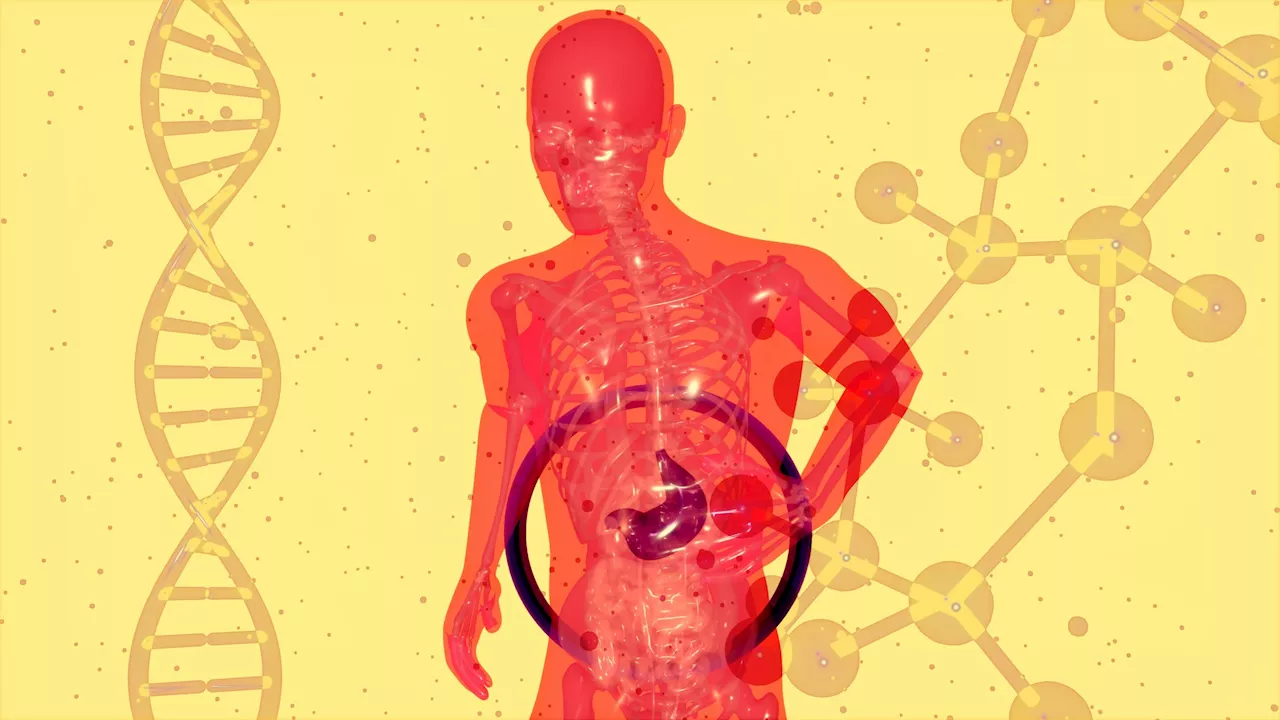 A novel liver patch could help treat and prevent liver diseaseAs described in research published in the Biotechnology Journal, investigators have developed a novel patch that can help liver tissue regenerate.
A novel liver patch could help treat and prevent liver diseaseAs described in research published in the Biotechnology Journal, investigators have developed a novel patch that can help liver tissue regenerate.
Read more »
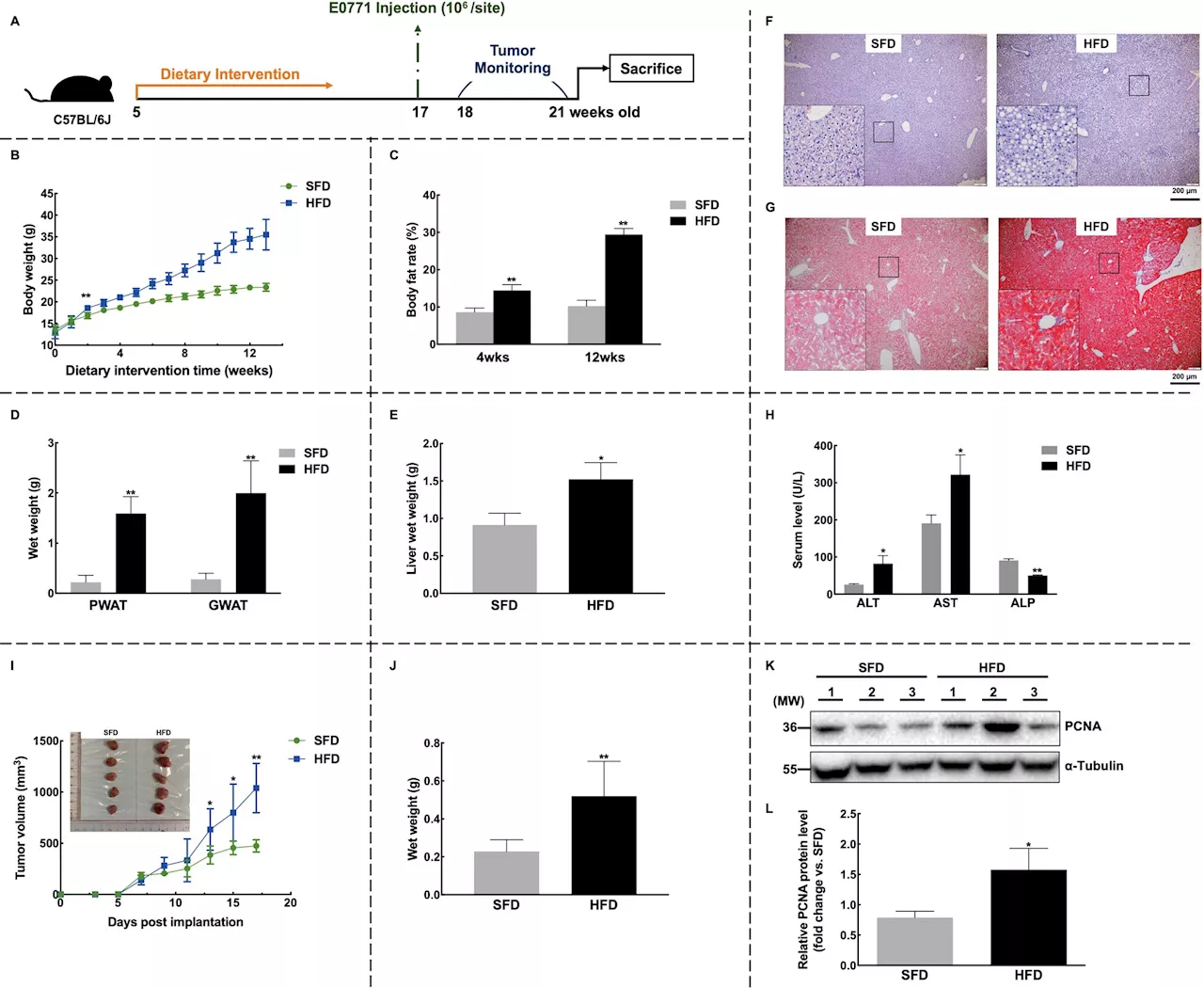 Research supports TCM liver-breast cancer theory: Fatty liver linked to deteriorating breast cancerA research team from the School of Chinese Medicine, LKS Faculty of Medicine, the University of Hong Kong (HKUMed) has made a remarkable discovery that patients with non-alcoholic fatty liver disease (commonly known as fatty liver disease) exhibit excessive production of a hepatokine called Fibroblast Growth Factor 21 (FGF21) in their liver, which...
Research supports TCM liver-breast cancer theory: Fatty liver linked to deteriorating breast cancerA research team from the School of Chinese Medicine, LKS Faculty of Medicine, the University of Hong Kong (HKUMed) has made a remarkable discovery that patients with non-alcoholic fatty liver disease (commonly known as fatty liver disease) exhibit excessive production of a hepatokine called Fibroblast Growth Factor 21 (FGF21) in their liver, which...
Read more »
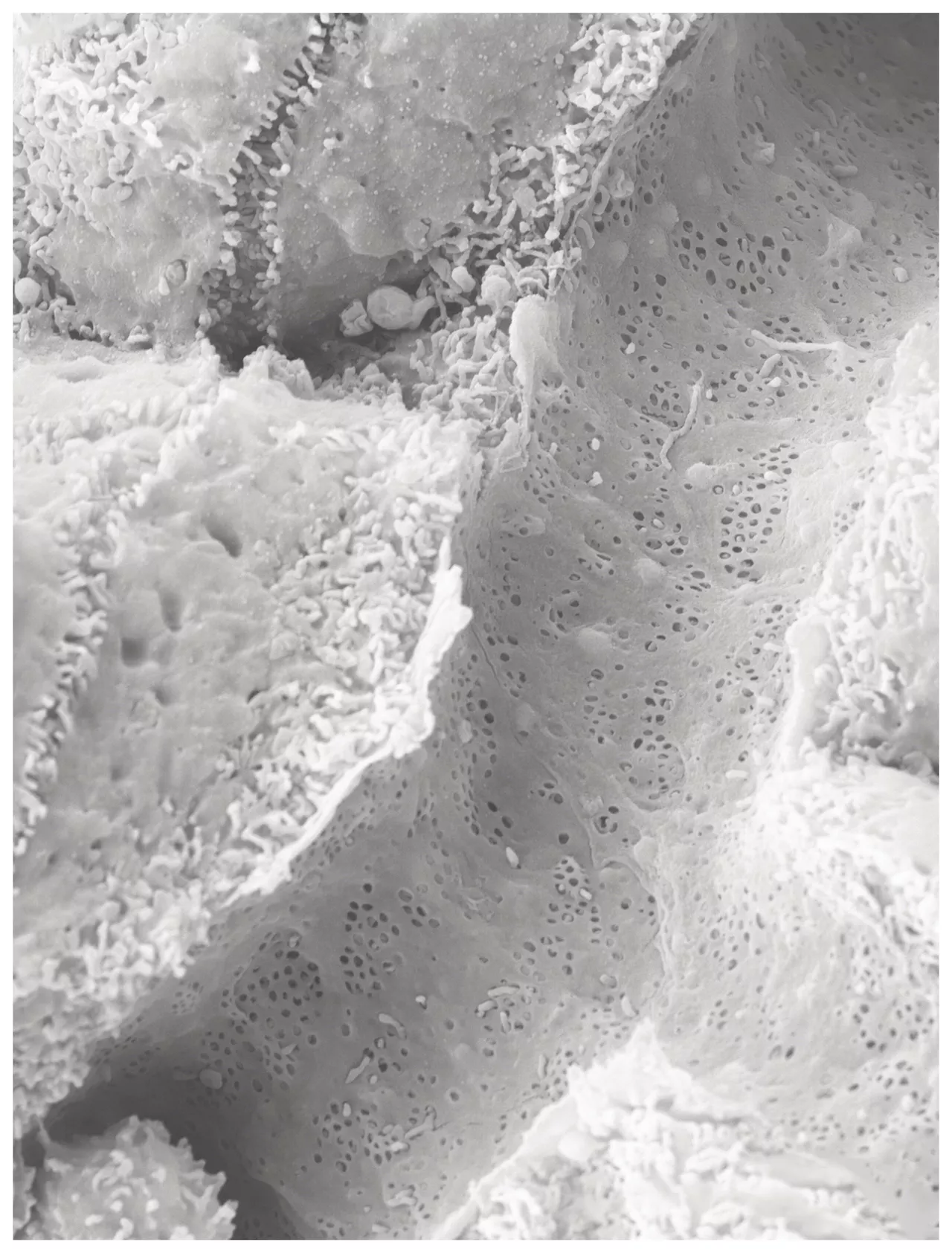 New approach against fatty liver: Molecular pathway identifiedFatty liver disease (SLD) is increasingly causing failure of the liver as a vital organ.
New approach against fatty liver: Molecular pathway identifiedFatty liver disease (SLD) is increasingly causing failure of the liver as a vital organ.
Read more »
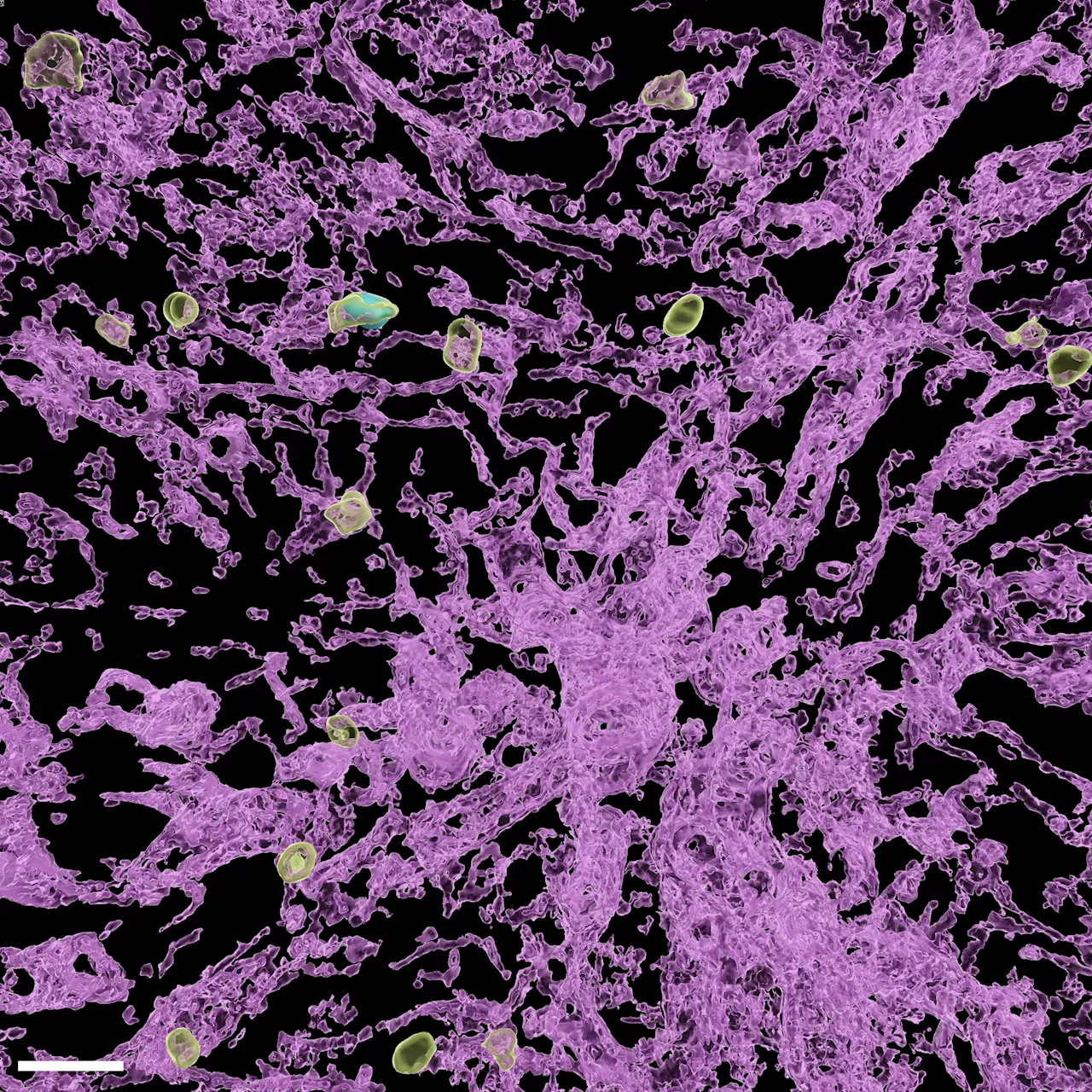 Hepatitis B: 'Sleep timer' for immune cells discoveredIn chronic hepatitis B, the liver contains immune cells that could destroy hepatitis B virus infected cells but are inactive. A team from the Technical University of Munich (TUM) has discovered that cells in blood vessels in the liver start a 'sleep timer' that switches off immune cells.
Hepatitis B: 'Sleep timer' for immune cells discoveredIn chronic hepatitis B, the liver contains immune cells that could destroy hepatitis B virus infected cells but are inactive. A team from the Technical University of Munich (TUM) has discovered that cells in blood vessels in the liver start a 'sleep timer' that switches off immune cells.
Read more »
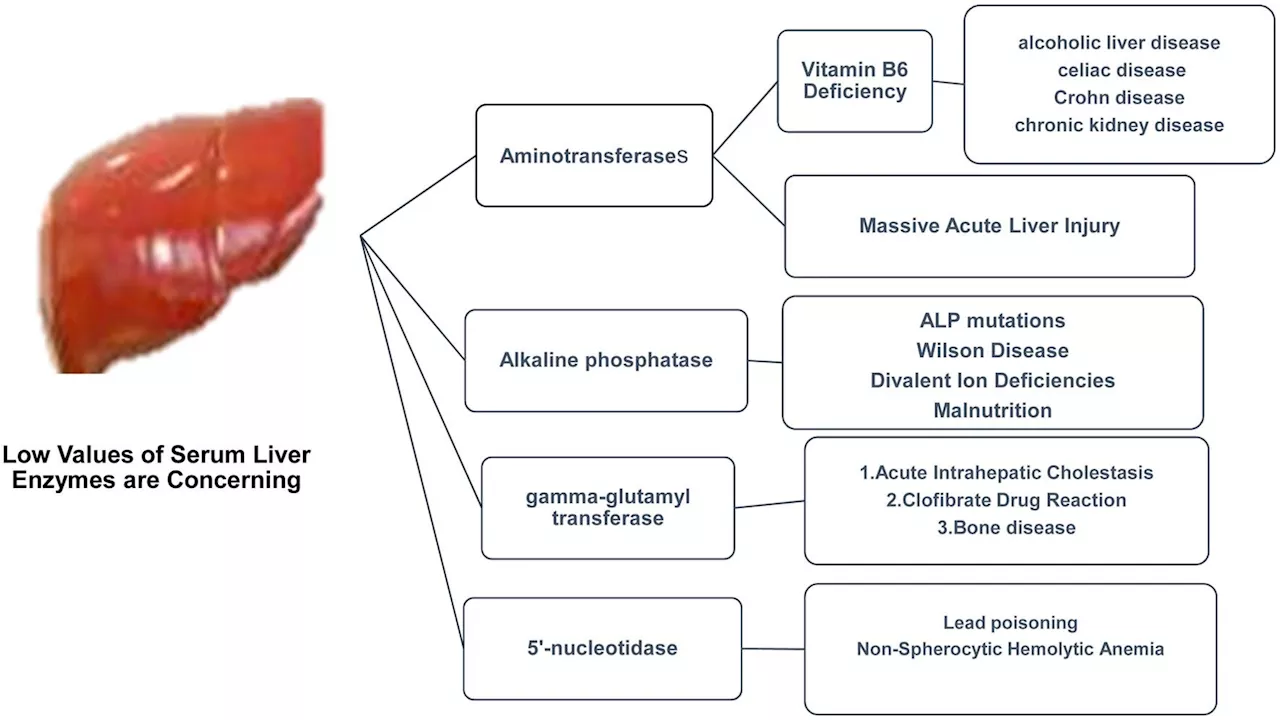 Review focuses on diseases associated with subnormal serum liver enzyme levelsLiver diseases are commonly diagnosed using serum enzyme assays, particularly for aspartate aminotransferase (AST), alanine aminotransferase (ALT), alkaline phosphatase (ALP), gamma-glutamyl transpeptidase (GGT), and 5'-nucleotidase (5'-NT).
Review focuses on diseases associated with subnormal serum liver enzyme levelsLiver diseases are commonly diagnosed using serum enzyme assays, particularly for aspartate aminotransferase (AST), alanine aminotransferase (ALT), alkaline phosphatase (ALP), gamma-glutamyl transpeptidase (GGT), and 5'-nucleotidase (5'-NT).
Read more »
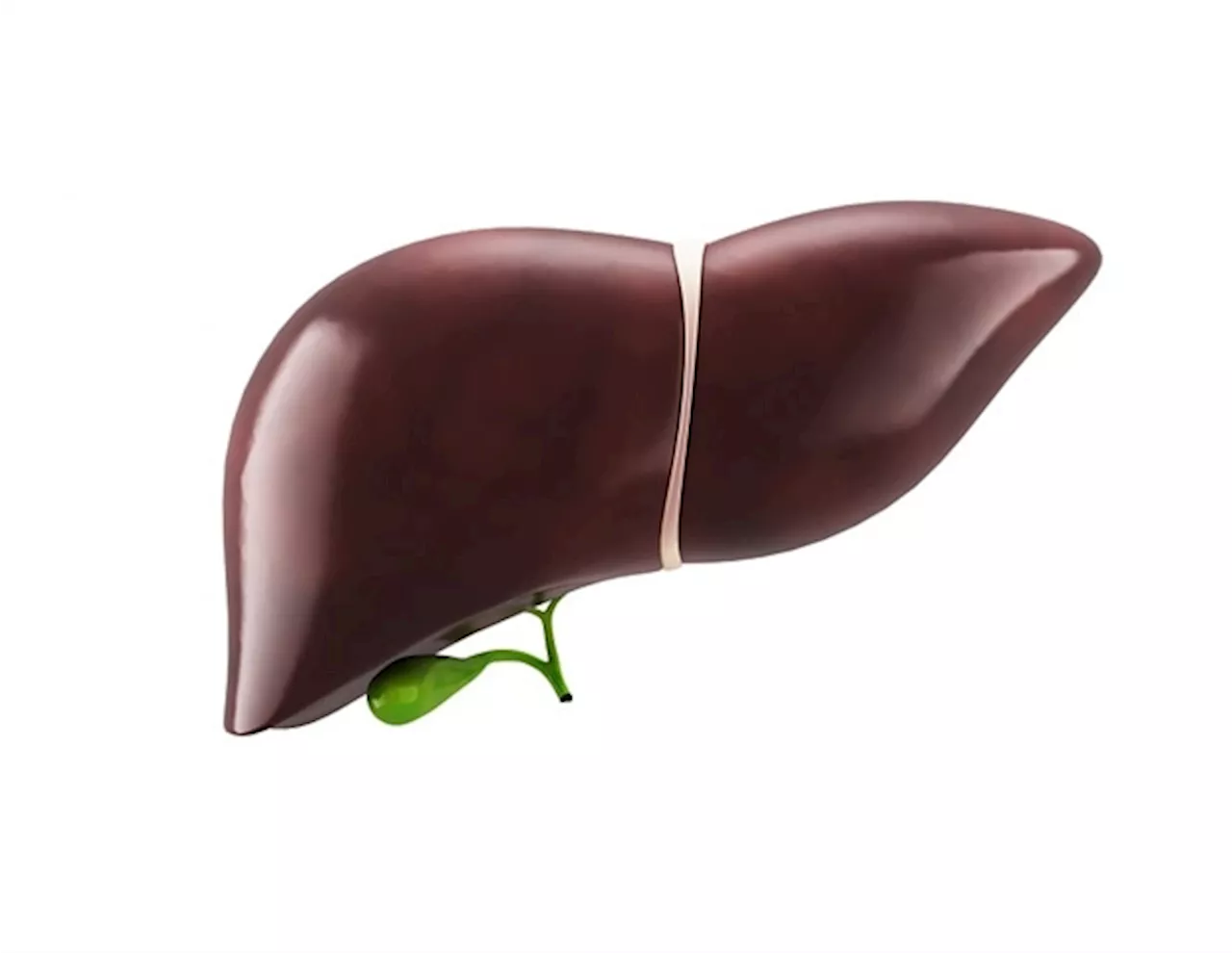 Decoding the significance of subnormal liver enzyme activityLiver diseases are commonly diagnosed using serum enzyme assays, particularly for aspartate aminotransferase (AST), alanine aminotransferase (ALT), alkaline phosphatase (ALP), gamma-glutamyl transpeptidase (GGT), and 5'-nucleotidase (5'-NT).
Decoding the significance of subnormal liver enzyme activityLiver diseases are commonly diagnosed using serum enzyme assays, particularly for aspartate aminotransferase (AST), alanine aminotransferase (ALT), alkaline phosphatase (ALP), gamma-glutamyl transpeptidase (GGT), and 5'-nucleotidase (5'-NT).
Read more »
